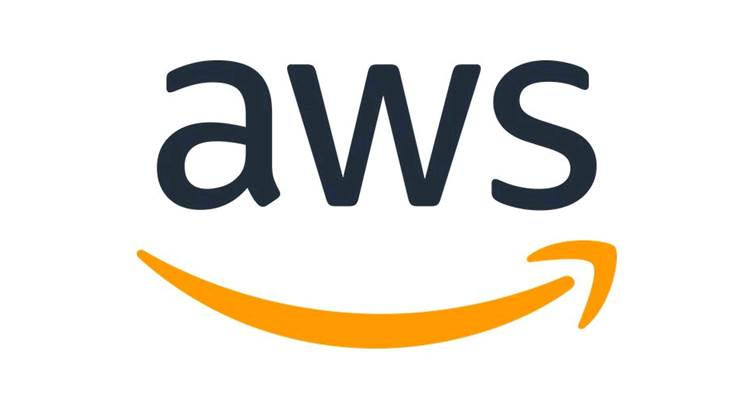AWS last week announced the general availability of AWS Wavelength on Verizon’s 5G network, allowing developers to build ultra-low latency applications for mobile devices and users in Boston and the San Francisco Bay Area.
Customers can now deploy parts of their application that require ultra-low latency at the edge of 5G networks using the same AWS APIs, tools, and functionality they use today, while seamlessly connecting back to the rest of their application and the full range of cloud services running in an AWS Region. By embedding AWS compute and storage services at the edge of 5G networks, AWS Wavelength enables developers to serve edge computing use cases that require ultra-low latency like machine learning, Internet of Things (IoT), and video and game streaming.
With 77 Availability Zones across 24 AWS Regions, AWS enables developers to serve end-users with low latencies worldwide. However, there are an increasingly a number of applications (e.g. smart manufacturing, machine learning inference, autonomous driving, live event streaming, IoT, and video games) that want very low latency across the mobile network.
Wavelength addresses these problems by bringing AWS services to the edge of the 5G network, minimizing the latency to connect to an application from a mobile device. With Wavelength, AWS developers can deploy their applications to Wavelength Zones (AWS infrastructure deployments that embed AWS compute and storage services within the telecommunication providers’ datacenters at the edge of the 5G network) so application traffic only needs to travel from the device to a cell tower to a Wavelength Zone running in a metro aggregation site.
This removes the latency that results from multiple hops between regional aggregation sites and across the Internet, which enables customers to take full advantage of 5G networks. Wavelength will also deliver a consistent developer experience across multiple 5G networks around the world, and allows developers to build the next generation of ultra-low latency applications using the familiar AWS services, APIs, and tools they already use today. By providing a common developer experience, Wavelength makes it easy for developers to deploy across different telecommunications providers even if these providers have different deployment and operations semantics.
Dave Brown, Vice President, EC2, Amazon Web Services
With AWS Wavelength, our customers can develop applications that take advantage of ultra-low latencies to address use cases like machine learning inference at the edge, smart cities and smart factories, and autonomous vehicles.
Kyle Malady, CTO of Verizon
We’re excited to bring AWS Wavelength to the edge of our network, unlocking the power of 5G Edge and mobile edge compute for developers around the world.




















